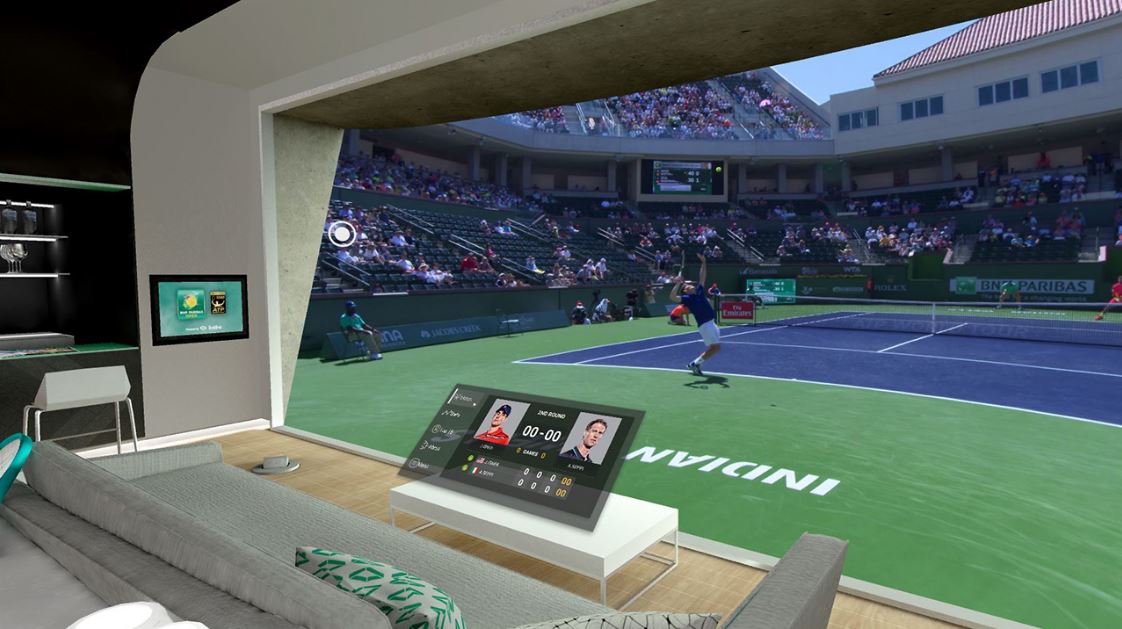Reality check – cutting through the hype of VR sports
Seeking out the ultimate VR sports experience

For many in the VR industry, sports represent the holy grail of content. If you can figure out how to put someone into a sports experience which makes them feel like they’re there, you have solved a multi-billion pound question.
Its no surprise that there are a number of start-ups in the VR industry, as well as established players from traditional broadcasting and media, all vying to create an awesome VR sports experience.
The problem today is that many VR sports experiences lack vitality. In this blog post, William McMaster, Head of VR unpacks why and explores how things are going to get drastically better in the future.
VR Sports today
Let’s examine why sports in VR kind of sucks today. Firstly we have limitations of both camera and headset technology. VR cameras don’t have high enough resolution to resolve enough detail for far away objects and headsets today don’t have enough resolution to resolve the detail even if you had the perfect camera.
This issue is compounded in sports because there is no zoom in a VR camera. The camera can only be positioned on the sidelines, or in the stands. In order to get ‘retina’ level VR, that is, to display the same level of detail that the eye can see, we would need a headset capable of 16K of resolution, and a camera capable of 64K of resolution. Today we are at 2K for headsets and 6K for cameras. Finally, cameras today don’t allow for any spatial movement, so you can’t lean in or move side to side, which greatly takes away from your feeling of immersion.
The S word
The second limitation we have today is that sports in VR isn’t social yet. You are at the game alone. As the social experience of sports is so important, social has to be solved for the experience to be awesome.
Luckily, there are a number of emerging technologies which will make sports in VR way better. The VR camera of the future will be completely different than the cameras we have today.
Light Field VR video is a type of holographic video which captures light volumes. It will allow for movement within a pre-recorded video experience. Eventually, light field video will have enough resolution to hit retina level.
Headset technology is also going to rapidly evolve over the next few years. The clunky VR headsets of today will give way to light, sunglasses like headsets which use silicon photonics and digital retinal projection to display incredibly high resolution stereo imagery directly into the user’s eye.
The evolution of headset technology will also allow for VR to become more social. The headset of the future will be based around mixed realities, functioning as both a VR and AR headset. Imagine sitting in your living room with your 3 friends, who are all wearing headsets. Your walls melt away and you are at an Arsenal match with front row seats. You can see your friends, and your couch, but all 4 of you are transported directly to the field. You are looking at super high resolution light field video so your individual position is taken into account.
While this kind of technology is still a way off, I think it will be a requirement for the ultimate immersive sports experience. Once the technology is good enough, it will completely alter how people watch live events. The question is not if, but when. I think that within the next decade we will get there.
Can’t wait? Please get in contact to explore how you can create compelling immersive sports experiences now or sign up to our newsletter and keep in touch.

Comments